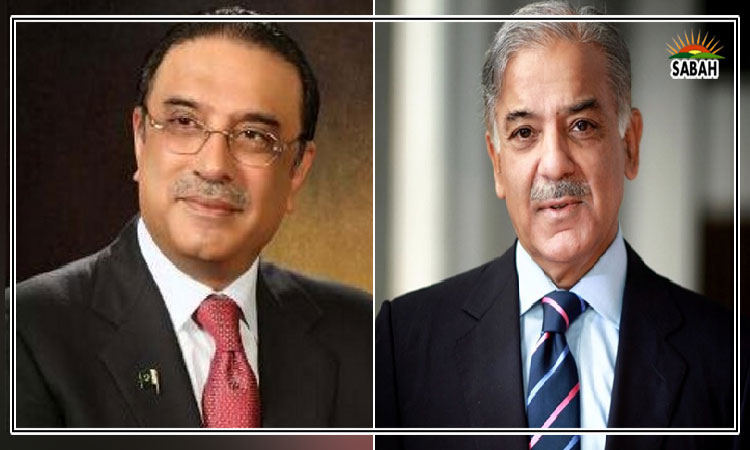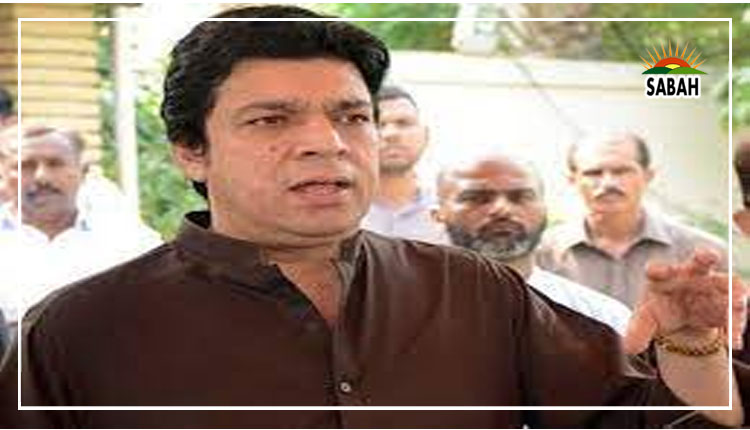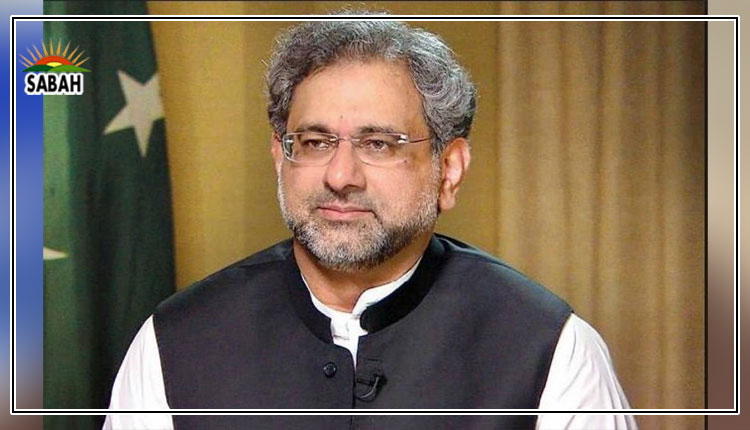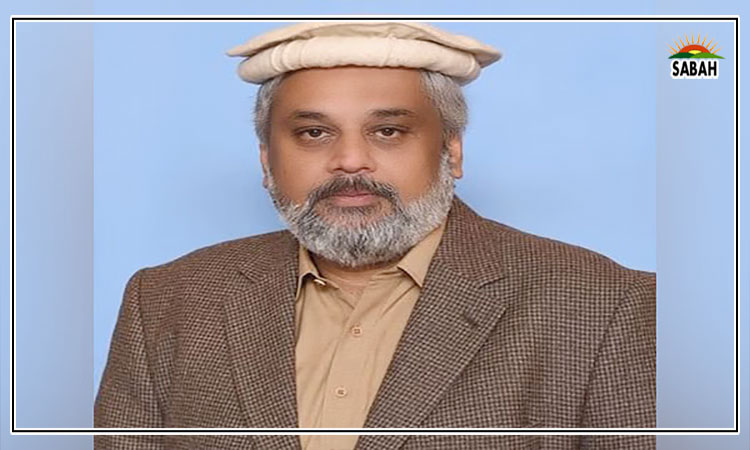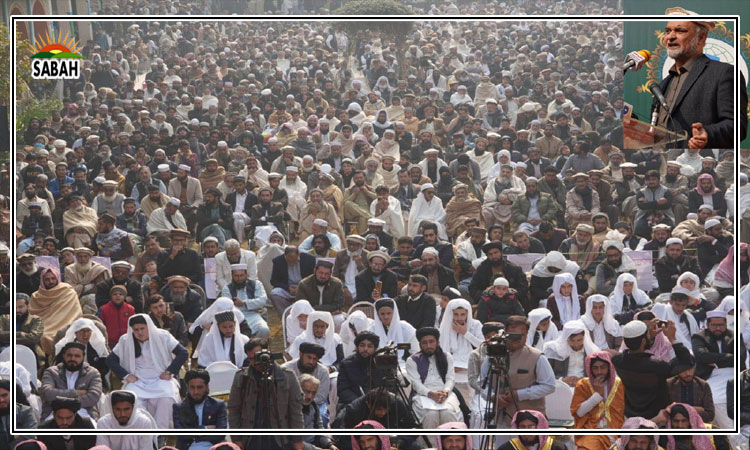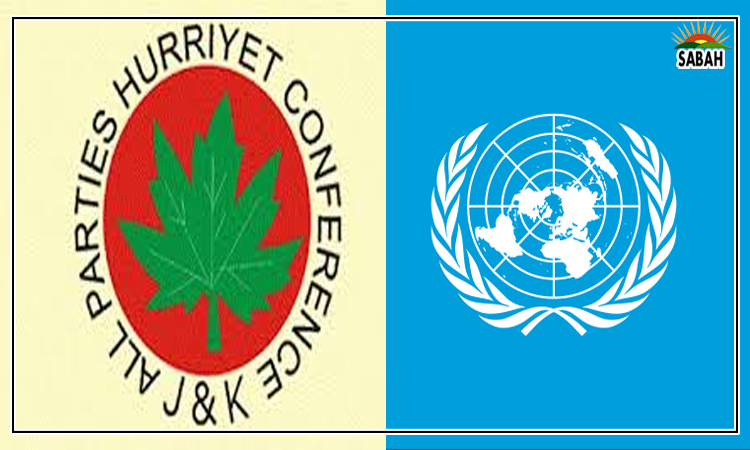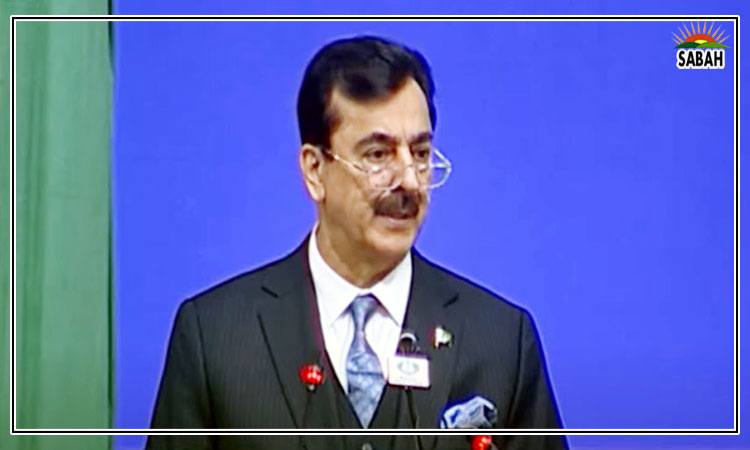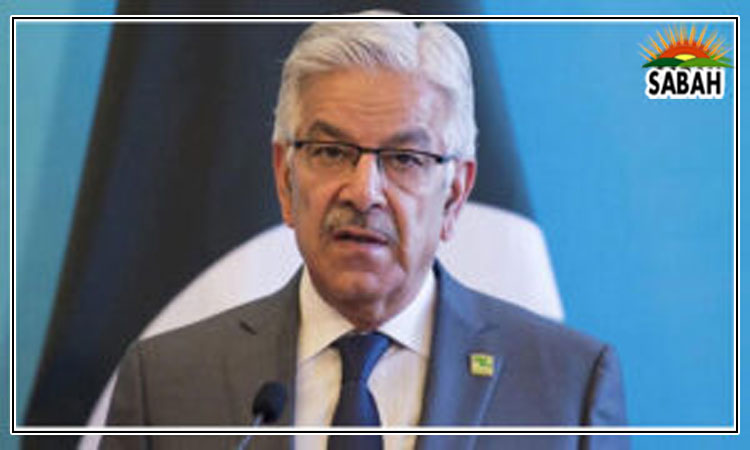The Bangladesh model…S. Akbar Zaidi
IN 2013, the World Bank indicated that Bangladesh could become the next China. While the bank may have been focusing on the economic and demographic dividends which Bangladesh might have gained over other countries, in many ways the country replicated recipes of authoritarianism with far less panache than practised elsewhere.
Nevertheless, in the decade since that prescient view, Bangladesh has grown economically and socially far faster than other countries in South Asia, outpacing both India and Pakistan.
While the economic and social factors which led to the growing economic boom have been well documented, as is often the case, non-economic factors have usually been overlooked. Just as in 2004, with India Shining, the BJP government lost the elections, so too, in 2024, the apparent success of the Modi economic miracle did not translate into the 400-plus seats the BJP expected. Economic growth and perceived prosperity without distributional concerns and inclusion delivers success only so far.
The Bangladesh development model has been much discussed in academic and policy circles, and there is much to learn from it. The fact that Bangladesh was able to reduce its population growth rate after independence from 2.5 to one per cent today has meant that Bangladesh is now just the eighth most populated country. While in 1971, East Pakistan had a larger population than West Pakistan, today Pakistan has the dubious distinction of having one of the highest population growth rates 2.55pc in the world, making it the fifth most populated country. In the last many decades, while Pakistans per capita income has shrunk, as has the economy, the country can proudly boast huge success in increasing its population.
One major reason for the success of the Bangladesh model has been the primary role appropriated by women in the social and economic sectors. With high literacy rates and an educated womens workforce, the consequences have been two-fold. One, as expected, once women enter the workforce and start earning their own income and are not dependent on father, brother, son or husband they begin to assert their agency as women and income earners. The ability to claim an income, while often lower compared to mens, allows women to emerge as independent individuals with economic and social power. With a large number of women, particularly educated ones, in the workforce, not only does the economy prosper but, more importantly, so do women.
Women have been one of the core pillars of the economic boom in Bangladesh.
Another factor related to women working means that women delay marrying since they are now earning and are possibly more independent, and hence put off having children. This is one reason, other than the active use and promotion of contraceptives, which has led to the lowering of the population in Bangladesh. Moreover, educated women Bangladeshs female literacy rate is 76pc, Pakistans just 48pc especially those who are earning, choose spouses who may also be better educated and financially better off. This has an impact on the upbringing of their children. One can add to this the fact that the now global microfinance revolution started with Grameen Bank, focusing almost exclusively on women and giving them the means and ability to earn independently. Women have been one of the core pillars of the economic boom in Bangladesh.
The next China argument arises also as Bangladesh became the worlds second largest exporter of garments, due to many reasons, but importantly, because of an educated female labour force. Bangladesh exports are more than $60 billion, of which readymade garments constitute $44bn. The total exports of Pakistan, the fifth largest country in the world, are a mere $32bn.
Two other aspects of the Bangladesh model are worth citing. One, after independence, Bangladesh chose to become a secular country constitutionally, albeit in practice the state and society have evolved differently. Nevertheless, a choice was made by the government. Even though secularism was removed from the Bangladesh constitution by one military dictator, the supreme court declared it unconstitutional and illegal, restoring secularism as one of the pillars of the state. Second, after military coups and martial laws, elected parliaments marginalised the role of the military, making it subservient to the elected representatives.
In some ways, the success of the Bangladesh model also caused its own numerous contradictions, with the rise of the urbanising, educated middle classes not just content with unequal economic prosperity, but also demanding fairness and justice in citizenship and participation. Events like the Rana Plaza collapse, which killed 1,134 people, revealed many a problem with corrupt, Third World crony capitalism. The Shahbagh movement, machete attacks against secularists, and numerous other social responses to injustice have all been part of the Bangladesh model, although they are seldom highlighted. Also often overlooked is the authoritarian one-party state, a repressive apparatus without an opposition, and with compliant state institutions stifling voices of dissent.
No development model, whether of the Bangladeshi, Malaysian, or, especially, Chinese kind, idealised by so many, can be easily replicated; each has its specific conditions, and requires particular understanding and implementation. There is no blueprint which can be exported. And so is the case with revolution.
As many Pakistanis celebrate the dramatic revolution which took place in Bangladesh, as they must, and ask when this will happen to us and when will our oppressors be forced out, it is best to pause and consider the numerous contradictions which make every revolution different. Some have used the caricature of the Arab Spring to model revolution, forgetting that one dictator replaced another, or allowed another country to be parcelled out into mafias for warlords. This does not count as progress. We dont need to look far to understand that the re-emergence of the military in Bangladesh as the main arbitrator may not bode well for democratic politics.
While inspiration to overthrow despots ought to be taken from everywhere, at a time when active and growing protest and discontent in two provinces is being suppressed, it is Pakistani political economy arrangements which need to be challenged first.
The writer is a political economist and heads the IBA, Karachi. The views are his own and do not represent those of the institution.
Courtesy Dawn


